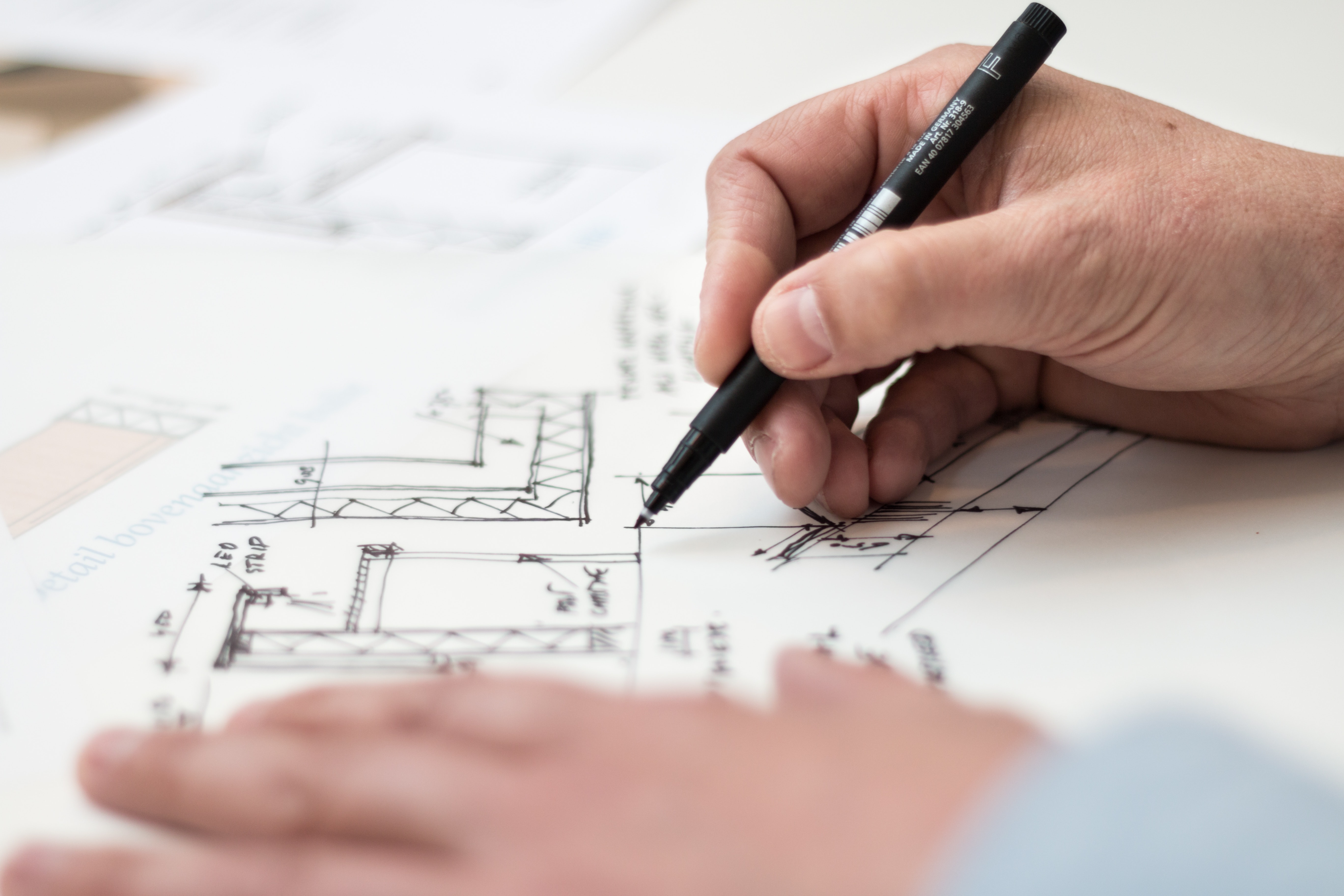Is it good to go Modular?

With today’s labor shortages and sky-high material costs, anything that can save time and money is worth considering. One option for cost-conscious builders is going modular.
A brief history of modular building
Modular building has been around a lot longer than one might realize – in the 1600s, an American guy actually had his house constructed in England and transported here! Today, the 72.11 billion dollar global modular building industry has developed solutions for schools, disaster relief, homes, offices, and even the military. The future of modular building is getting more and more creative, including the advent of “cargotecture,” the “art” of making functional spaces out of shipping containers.
McGraw-Hill Construction’s most recent SmartMarket report shows some pretty staggering numbers - percentages are in the 80’s and 90’s for industry professionals seeing improvements using modular construction in the areas of improved productivity, quality, schedule certainty, cost predictability, reduced waste, client satisfaction, and safety performance.
Labor shortages and safety
Modular building requires a much smaller on-site crew, which is an important consideration for builders in the current market. It can be more and more difficult to find skilled crews to get projects done on time and under budget, and with more crew members and trades on site come more potential safety concerns and traffic hazards.
A faster schedule
Construction projects routinely take 20% longer than the original schedule anticipates. Using modular components means that a third party controls the procurement of the materials, which is less construction office labor all the way down the line.
A predictable product
With modular construction, there are fewer surprises and less guesswork. The building has already been designed and previously built in other locations, so the process of communication between architects and builders can go a lot smoother. Missed details on the part of the design team are less likely. The environment where the building components are produced is more controlled and thus makes for a more predictable product.
Reduces waste
Sustainability is the future of construction, and anyone who has witnessed the massive loads of waste hauled from a job site has likely wondered if there is a better way. Construction produces a lot of garbage. The Environmental Protection Agency reports around 600 million tons of construction and demolition-related debris - which is more than twice the amount of municipal solid waste reported. Modular building companies create the same product over and over and have the ability to manage inventory more tightly.
The downside to going modular from a sustainability perspective is that the hope for repurposing these types of buildings can be less than their built-on-site counterparts.
Fewer weather delays and moisture issues
Since most modular construction is built inside factory walls, the risk of weather delays on a project schedule goes down significantly. Fighting weather to avoid trapped moisture is much less of a concern since the construction is taking place primarily indoors.
The modular building industry has come a long way from cookie-cutter buildings – in today’s newer modular structures, the fact that they’re modular isn’t even distinguishable. There are different types – permanent and relocatable, depending on the client’s needs.
The downsides
Part of the magic and frustration in the construction industry is the last-minute design change. This can happen for a number of reasons, but when it’s just a “change of heart” about something, modular construction can be more difficult to modify late in the game. Since using modular is helping tighten the schedule, it makes sense to extend the design phase as long as practical to make sure that there have been enough conversations about everything that needs to be considered in the projects. One change could affect how all the other building parts fit together.
Transportation can create other challenges and hiccups - sometimes, building components are being transferred across state lines, and it is important to be clear about liability issues before the project’s onset.
There are many applications where modular building is an economical, fast, predictable method of building. The main consideration is planning ahead - ensuring that the design process is as thorough as possible and everyone is aware of the long-term intention for the structure. Overall, it seems that modular construction will continue to evolve and is here to stay. Contact us today for commercial construction services that maximize the benefits of the latest construction technologies and practices!
July 1st, 2021 |
Related Posts
SIGN UP FOR OUR NEWSLETTER
Recent Posts
Categories
Archives
Archives
- January 2024 (1)
- July 2023 (1)
- January 2023 (1)
- September 2022 (1)
- March 2022 (3)
- February 2022 (3)
- January 2022 (2)
- December 2021 (4)
- November 2021 (2)
- October 2021 (2)
- September 2021 (2)
- August 2021 (2)
- July 2021 (3)
- June 2021 (2)
- May 2021 (2)
- April 2021 (2)
- March 2021 (5)
- February 2021 (4)
- January 2021 (1)
- December 2020 (1)
- November 2020 (3)
- October 2020 (2)
- September 2020 (2)
- August 2020 (2)
- June 2020 (1)
- May 2020 (2)
- April 2020 (1)
- March 2020 (2)
- February 2020 (1)